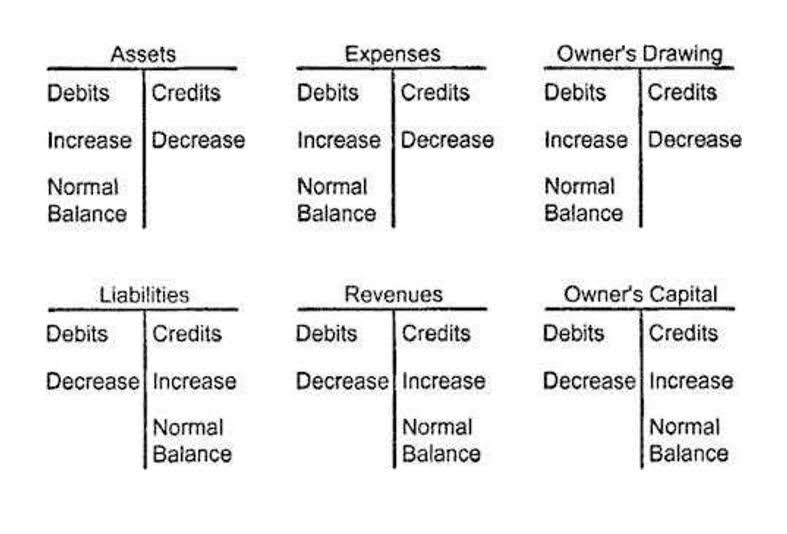8 2: The Role of Standard Costs in Management Business LibreTexts

It applies to both Cost of Goods Sold (COGS) and inventory valuation, giving businesses a clearer picture of financial health. There are certain factors that need to be considered before establishing a standard costing system. The first factor to consider is when setting standards within a standard costing system, the standards should be specific, measurable, achievable, relevant and time-based. If the standards set do not meet any of these requirements, these standards Bookkeeping for Chiropractors cannot help the management of the business meet the objectives of standard costing. For example, if the standard set is not specific, then the management and the employees of the business will not realize what is expected of them.

Standard Costs

Thecompany can attain these unrealistic standards only when it hashighly efficient, skilled workers who are working at their besteffort throughout the entire period needed to complete the job. In developing standards, managementmust consider the assumed conditions under which these standardscan be met. The standard cost formula has been stated below for better understanding of the topic. If due care is taken and caution is exercised on the basis of scientific studies, correct standards may be set. 10) Motivates Employees – When standards are fixed Incentive schemes to motivate employees can be introduced. Employees try to achieve the standards and they are remained different CARES Act monetary and non-monetary incentives.
- 8) Effective Cost Control – Standard Costing is an effective tool in controlling cost because actual performance is compared with standards and in case of deviations, corrective action is taken.
- Suppose you’re thinking of implementing standard cost accounting in your business operations.
- Actual costs will probably not exactly match standard costs, but they will be close.
- This provides clarity about how costs behave at different levels of production.
- This can be due to improved efficiency or lower-than-expected materials costs.
- The volume variance can also be calculated by multiplying the difference in the hours by the standard fixed overhead rate.
- Marginal costing focuses on cost-volume-profit analysis, helping businesses evaluate the impact of variable costs on profitability and determine the break-even point.
Types of Standards

Management can use standard costs to prepare the budget for the upcoming period, using the past information to possibly make changes to production elements. Standard costs are a measurement tool and can thus be used to evaluate performance. As you’ve learned, management may manage “to the variances” and can manipulate results to meet standard costing system expectations. To reduce this possibility, performance should be measured on multiple outcomes, not simply on standard cost variances. We begin by determining the fixed manufacturing overhead applied to (or absorbed by) the good output produced in the year 2024. Recall that we apply the overhead costs to the aprons by using the standard amount of direct labor hours.
Why do companies use standard costing?
By utilizing both methods effectively, businesses can enhance their cost control processes and make informed decisions to drive profitability and growth. Standard costing is a widely used technique in cost accounting that helps businesses establish predetermined cost standards for their products or services. By setting these standards, organizations can assess their actual costs, identify variances, and take corrective actions to improve efficiency and profitability. In this blog post, we will delve into the concept of standard costing, its benefits, implementation process, and its relevance in modern business practices.

- The accounting will periodically calculate the differences between the two as well as variances in things like material costs and labor rate changes.
- Many plans for rewarding workers, supervisors, and managers make use of standards.
- On the other hand, if it takes longer than expected to assemble a product, this would result in an Unfavorable Efficiency Variance.
- In contrast, a standard cost is a specific estimate used for individual line items—particularly manufacturing costs.
- It is worth considering if you think a different approach would be more advantageous.
Cost accounting helps businesses track expenses, set accurate pricing, and make informed financial decisions. It focuses on analyzing costs related to production, operations, and resource allocation, allowing businesses to improve their efficiency and maximize their profitability. Variance analysis is one of the most common applications of standard costing. By analyzing the difference between actual and standard costs, management can identify inefficiencies, wastage, or areas that require corrective actions to improve cost control. Some businesses use standard costing to create a budget that is as accurate as possible. This is because a standard costing system offers a projected idea of spending costs.
This means that the actual direct materials used were less than the standard quantity of materials called for by the good output. We should allocate this $2,000 to wherever those direct materials are physically located. However, if $2,000 is an insignificant amount, the materiality guideline allows for the entire $2,000 to be deducted from the cost of goods sold on the income statement.